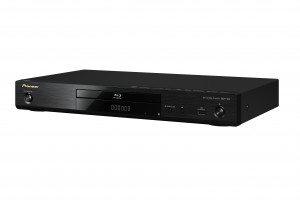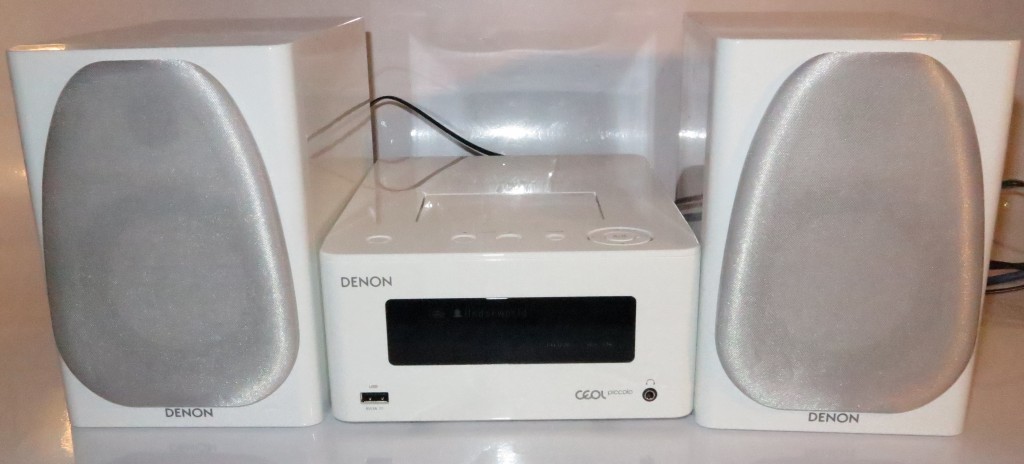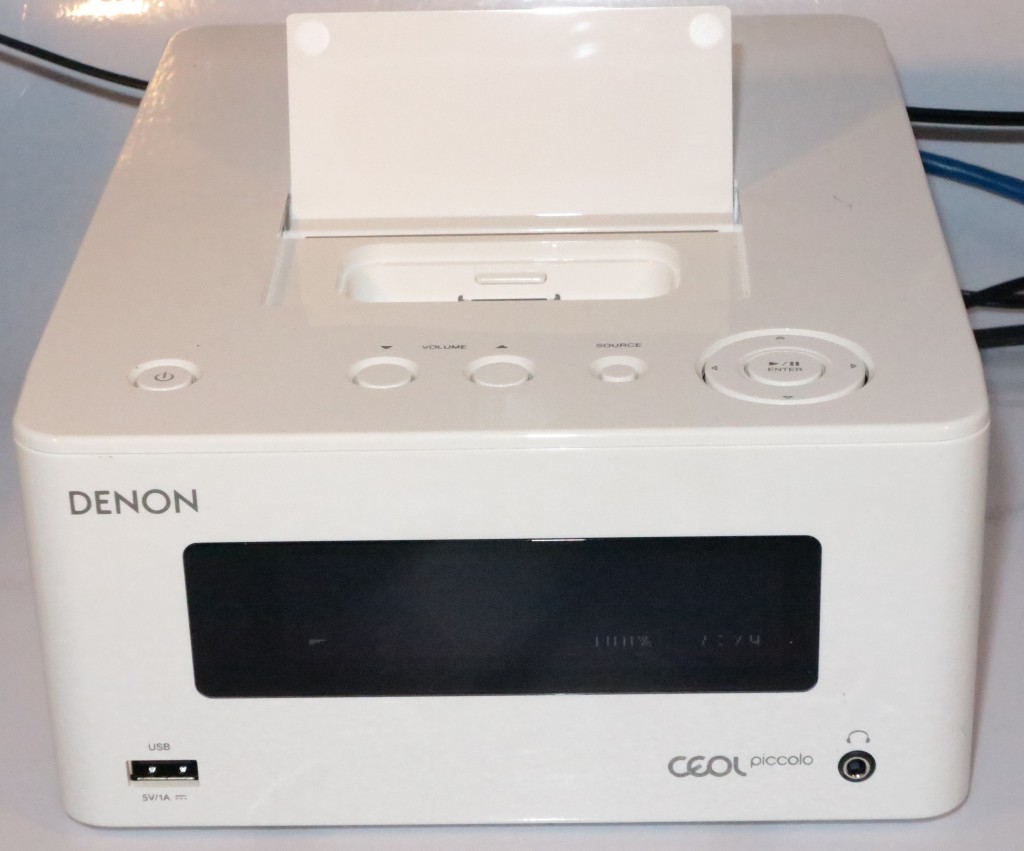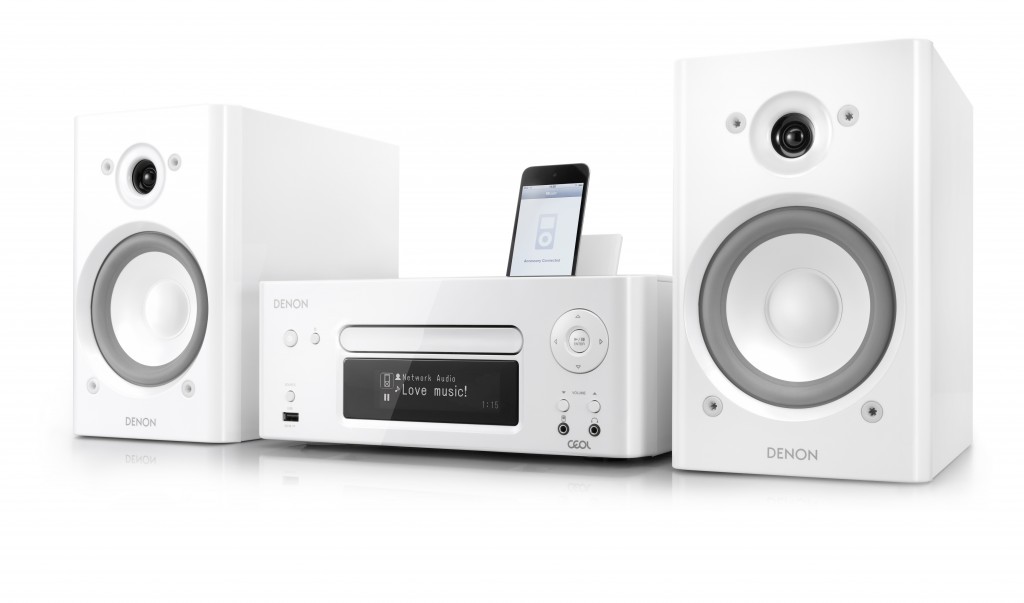Sony now issues the latest premium home-theatre system with the expected features
Article – From the horse’s mouth
Sony
My Comments
I had some experience with two of Sony’s premium network-capable Blu-Ray-based home-theatre systems, especially the BDV-E990W (BDV-N990W) unit. This was in the form of setting up the prior model which was the BDV-E980W (BDV-N980W) for them and eventually troubleshooting it to find out they had ended up with a faulty unit which was replaced under warranty with the ‘E990W. Even when they received the replacement model, I was involved in setting it up and testing it to make sure it worked.
These home-theatre systems were very capable when it came to functionality such as being able to work with their setup which involved their first flatscreen TV which was a low-end entry-level model from a discount store along with a recent-issue cable-TV set-top box. This was because of the number of HDMI input ports along with the HDMI output port that these systems were equipped with.
The reality with this setup was that most older and low-end “bargain-basement” flatscreen TVs don’t have the HDMI-ARC functionality for returning sound from the TV’s tuner or video peripherals connected to the TV’s HDMI ports. Also, by connecting the cable box to the home theatre system, there is a guarantee of “best-case” video and audio quality for the premium pay-TV channels even if the TV had just one HDMI connection which is something that a lot of cheaper sets like the Kogan “Kevin 37”, which was on sale at the time of Kevin Rudd’s economic stimulus package, had. Here, you have the ability to have best-case sound and vision even if you start out cheap with your flatscreen TV and gradually upgrade to better equipment as you can afford it.
For that matter, I would like to see the HDMI Consumer Electronics Control and Audio Return Channel features effectively “pushed down” to lower-tier flatscreen TV sets. This is more so as we see manufacturers equip Blu-Ray home-theatre systems, soundbars and similar “compact” AV equipment with this functionality and use it as a way to cut costs by reducing the number of HDMI and other connections on these devices. Similarly, from my experience the HDMI Consumer Electronics Control functionality has helped with simplifying the operation requirements with consumer AV setups and this has been a boon with older friends of mine who aren’t confident with operating consumer-electronics equipment.
I have also been pleased with the wireless surround-speaker link which pleased the house-proud owner who wouldn’t like the sight of cables coming from the front to the back of the viewing area. The microphone-assisted auto calibration routine made things easier for keeping the soundfield at an optimum level which has led to a “properly-placed” surround-sound experience when I watched the “Back To The Future” Blu-Ray with her and is to be used when you rearrange the lounge area in such a way as to relocate the speakers relative to each other.
These sets also offered what was expected for equipment that was to be part of the home network where they gave access to Internet-hosted radio and TV services as well as access to DLNA-hosted media collections on that network.
But the Sony BDV-N9100 Series adds some extra icing on the cake for Android users. It has integrated Bluetooth A2DP audio streaming so you can wirelessly play your smartphone or tablet through the system’s speakers. This is finished off with NFC “touch-and-go” setup for Android devices that implement NFC functionality. Like the rest of the current Sony Blu-Ray home-theatre range, this unit also has the “sports sound” mode labelled as “Football” but this should be used with all of the stadium sports like cricket, baseball or most Olympic Games events.
An improvement that I would like to see for these systems is for Sony to provide units with the same connectivity and functionality at a more reasonable price that can appeal to most purchasers. The best way to go about this would be to add some of the high-end functionality to mid-tier models and add extra functionality just to the high-end models. Similarly, these units could effectively answer Panasonic by integrating Skype capability with the optional camera. But, as high-end highly-capable home-theatre setups that are part of the home network, they have earnt their keep in this regard.





